Pay It Forward: 6 Ways to Volunteer in Korea
Looking to do some good while you’re in Korea? From Seoul to Suncheon, Courtney “Coco” Tait shows us how to give back.
Once you’ve explored the local temples, tried all your neighborhood barbecue joints, hiked a nearby mountain or three, disrobed at the spa, and sipped one too many pints of draft Cass, you may be itching for some fresh experiences on the expat path. Volunteering opportunities in Korea are vast, varied, and surprisingly easy to coordinate: anyone with a few spare hours could soon find themselves rescuing a dog, serving soup to the homeless, or screening films on the plight of North Koreans. Here are six suggestions to get you started.
1. Campaign for North Korean refugees
Approximately 20,000 North Korean refugees live in South Korea, according to online news source Asian Correspondent, with the majority arriving after months or years hiding in China and a grueling detour through Burma, Thailand, or Vietnam. Upon arrival, they face a multitude of challenges assimilating to South Korean culture, from battling mistrust and paranoia to job discrimination and difficulty communicating in a language embedded with American English slang.
Often malnourished and poorly educated, defectors struggle to adapt to the seemingly rich and increasingly globalized culture of South Korea, with many plagued by guilt for leaving family members in a country where citizens are conditioned to worship a ruthless dictator and forced to survive on minimal rations of food.

Whether you take part in a street campaign or teach English to refugees, there are many ways to help out the plight of North Koreans.
Several North Korean human rights groups based in Seoul require volunteers. Click on the following links for directions and details on how to get involved:
- Every Saturday from 3-5pm, Rescue NK holds a street campaign in Insadong to raise awareness for the plight of North Koreans, including those who have defected and the millions who remain. The group also organizes film screenings and benefits aimed toward assisting refugees and those in North Korea who wish to defect.
- PSCORE coordinates a one-on-one English tutoring program for refugees, and provides advice on inherent challenges that arise when tutoring this unique demographic.
- Helping Hands Korea , an organization dedicated to helping refugees escape by providing secret foster homes in China to North Korean children, and sending food to orphans and schoolchildren in North Korea – holds a weekly awareness-raising campaign every Tuesday evening from 7-9 pm, near Samgakji Station.
2. Help feed the homeless
According to a 2010 survey conducted by civic groups and the Korean Center for City and Environment Research, and estimated 1500 South Koreans live on the street. The majority–a population that is 95% male and centered mostly in Seoul–can be found in groups scattered around Seoul Station and at various subway stations throughout the city. Approximately 300 homeless reside in Busan and Daegu combined. Though these figures are relatively small in a country of 48.2 million, 1500 homeless means 1500 people who often go hungry while the rest of the population eats.
- Helping feed Seoul’s homeless is PLUR, a philanthropic group committed to increasing peace and unity in Korea through volunteering. The group assists at a soup kitchen every Friday, and on Sundays passes out food to the homeless in and around Seoul station.
- In Busan, BIWA volunteers at Haeundae Soup Kitchen the second Tuesday of each month. Contact [email protected] for details.
- Carita’s Nuns soup kitchen in Busan’s Suyoung area is also looking for volunteers, and can be reached at 051-544-1236.
3. Foster a furry four-legged creature (or just take one for a walk)
Missing the wag of your dog’s tail as you walk through the door or the sound of your cat’s purr before you drift to sleep? According to Animal Rescue Korea (ARK), many city-run shelters follow a Korean policy that states stray animals can only be held for 10 days before euthanizing. While not all shelters euthanize, and some are flexible on the 10-day rule, many animals aren’t rescued quickly enough for their life to be saved.
- If you live in a pet-friendly place and are willing to prep the stray for a permanent home, you can apply to foster an animal in Korea, taking care of it while you or the shelter seeks a long-term caregiver.
- Just want to brush fur or play fetch? Shelter animals also need grooming, exercise, and photos taken to help them find permanent homes. Whether you visit once or several times, many shelters welcome the help of volunteers. Just find a shelter in your area to get started.
4. Support former Korean ‘Comfort Women’ at The House of Sharing
During WW2, the Japanese military forcibly recruited an estimated 200,000 women from various countries into sexual slavery. Known as ‘Comfort Women,’ the majority were Korean, some still adolescents at the time of recruitment.
Located in Seoul, The House of Sharing is a safehouse for halmonis (a respectful term for grandmother) who are former Comfort Women, as well as a human rights museum opened in 1998 to educate visitors on the halmonis’experience and their fight for retribution from the Japanese Government, who to date has failed to take responsibility for the plight of the Comfort Women or issue a formal apology.
- To join the Outreach Team, visit the House during one if its tours (held on weekends approximately once a month) after which you can apply to volunteer. According to Korea4expats.com, a long-term commitment and free weekend days once a month are required, as well as some background knowledge of the issue. Volunteers for research, transcription and translation of the halmonis’ personal testimony are also needed. To reserve your place on a tour, email your name, number attending and phone number to: visits@houseofsharing.org
- Want to support the former comfort women in their demands to the Japanese Government? Started by the Korean Council in 1992, a demonstration is held every Wednesday from 12-1 pm in front of the Japanese Embassy in Seoul. The protests provide an opportunity to show the halmoni and the Japanese Government that the international community supports their fight for justice. See their website for more details.
5. Spend time with orphans and at-risk youth
Hundreds of orphanages exist throughout Korea, providing communal homes for children who often have little hope of being adopted. The children living in them yearn for extra attention and affection, needs which are difficult to meet for staff members who provide basic daily care for every child. Offering your time to play games and sports, coordinate art and craft activities, and be a positive role model for these kids diversifies their experiences and gives them the opportunity to receive individual attention.
- Korean Kids & Orphange Outreach Mission (KKOOM) provides a list of orphanages throughout South Korea. With the help of a bilingual translator, you can often set up your own volunteer times at an orphanage in your area.
- In Seoul, the Itaewon/Hannam Global Village Center and PLUR both organize regular orphanage visits.
- In Busan, ATEK Busan Volunteer–a group that coordinates various Busan-based volunteer opportunities–organizes monthly visits to Boys Town Orphanage near Nampodong. The group also has coordinators working with three other Busan orphanages near Dayeondong, Oncheonjang, and Beomosa, and can set up weekly, bi-weekly, or monthly visits for interested volunteers.
- ATEK Busan is also looking for a volunteer coordinator or organize activities for at-risk youth at an after-school program in Nampodong. Created by Child-Fund Green Umbrella–an organization that receives government money to assist children whose parents are impoverished or absent–the facility is open from 2 pm to 6 pm Monday through Friday. *Note: This program is offered across Korea, with 120 locations. ATEK Busan can connect volunteers at other locations near them.Send a message through ATEK Busan Volunteer to learn more about these opportunities.
6. Teach English to underprivileged Koreans
While expats spend hours each day teaching phonics and grammar to kids in pricey, privately-run hagwons or academies, countless Koreans who can’t afford English lessons are left unable to compete. In a country whose government emphasizes the importance of learning the world’s leading language, disadvantaged Koreans can benefit from free lessons offered through several organizations–all of which require volunteers.
- One of the largest volunteer-based organizations in Korea, Seoul-based HOPE partners with several host centers to provide volunteers with a classroom location and group of underprivileged kids to teach. Curriculum is flexible, with an emphasis on exposing kids to other cultures and developing familiarity with foreigners. While HOPE requests that volunteers commit to at least three months teaching time, you can offer as little as one hour per week to as much time as you’d like to give. HOPE also has centers in Gyungki and other Korean cities.
- Mustard Seedcoordinates teaching kids from low-income or single parent families, meeting twice monthly on Saturday afternoons near Sindaebang Station in Seoul. For details, email [email protected].
- ATEK Busan Volunteer is looking for committed volunteers to teach English on Saturdays at Women’s Shelterswhich house abused women and unwed mothers and their children. Locations are in Geojaedong and Yeonsandong.
- Also organized through ATEK Busan Volunteer are weekly English lessons at Asian Community School–a transitional school for children of migrant workers. Teaching times are mornings, 10-1 pm, but volunteers can teach for as little as one hour or up to three. Send a message through ATEK Busan Volunteer to learn more about these and other opportunities.
__________
 Hailing from Victoria, Canada, Courtney Tait spent three years traversing Europe, the Middle East, S.E. Asia and Australia before returning home to complete a Bachelor’s degree in Creative Writing and Journalism. Her passion for people, travel, art, music, and nature inspires stories and images featured on her blog, Coco Busan. Currently based in South Korea, she works as a teacher and freelance writer.
Hailing from Victoria, Canada, Courtney Tait spent three years traversing Europe, the Middle East, S.E. Asia and Australia before returning home to complete a Bachelor’s degree in Creative Writing and Journalism. Her passion for people, travel, art, music, and nature inspires stories and images featured on her blog, Coco Busan. Currently based in South Korea, she works as a teacher and freelance writer.













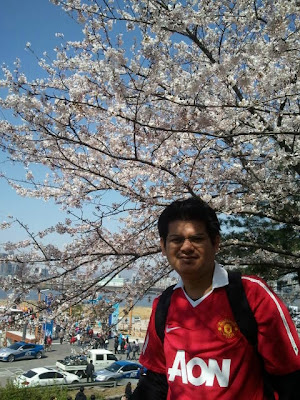















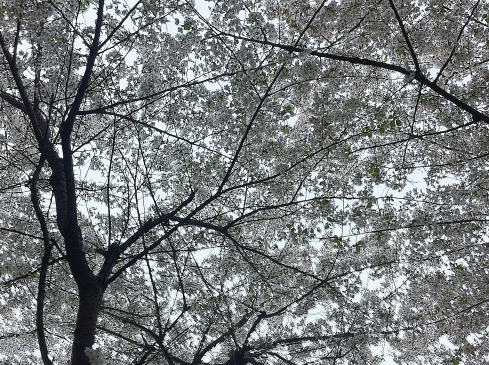
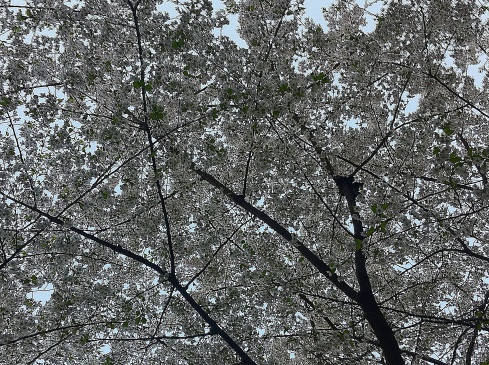
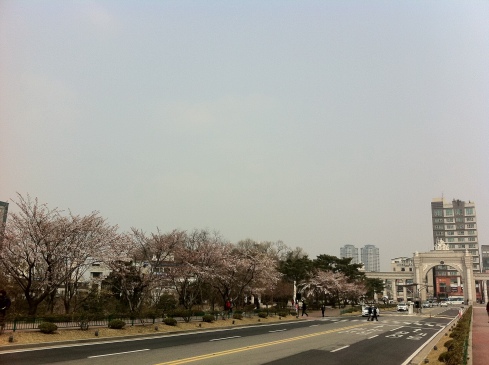
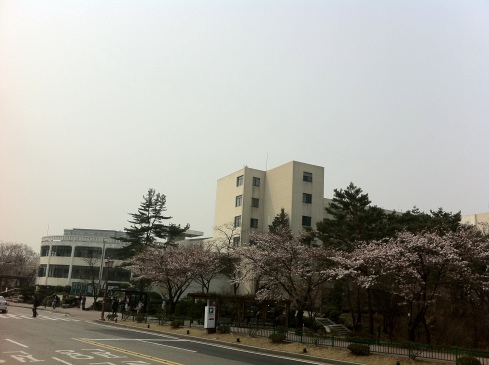








Recent comments